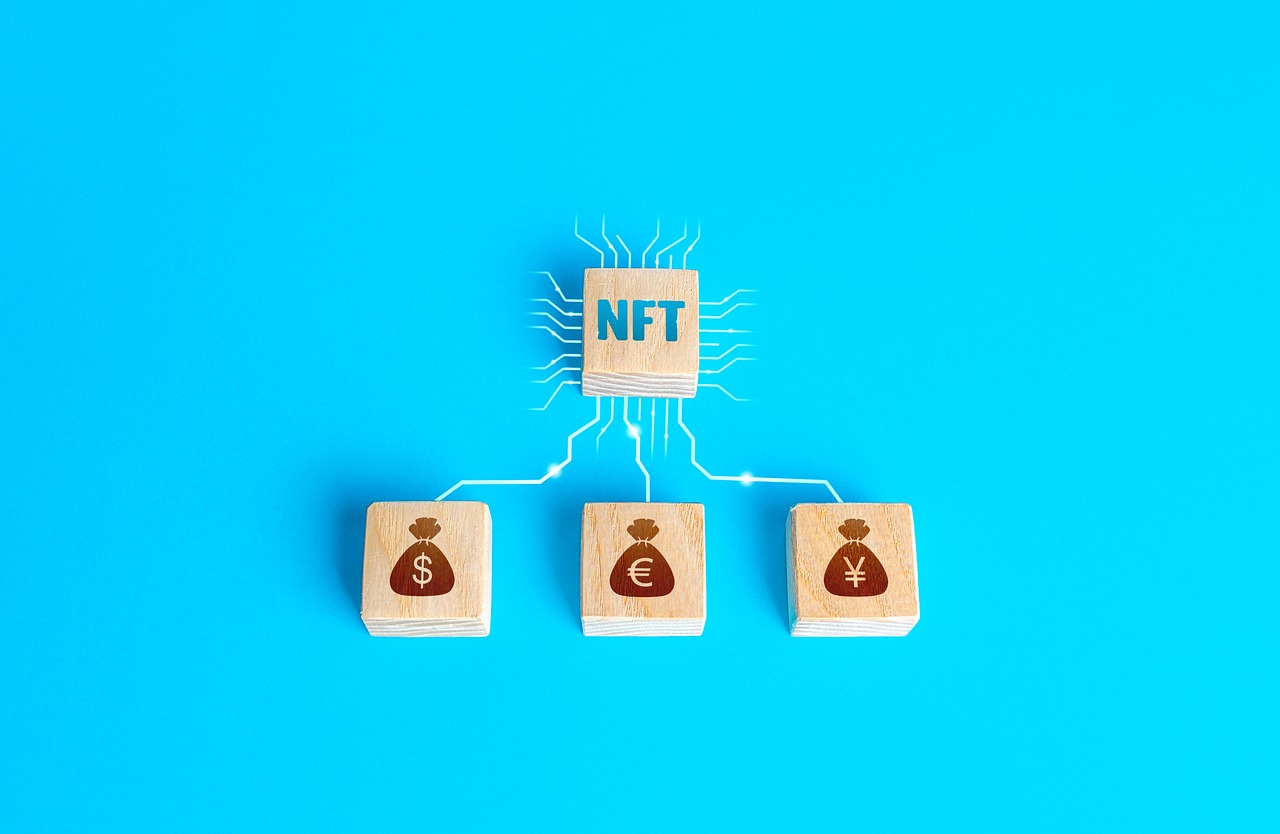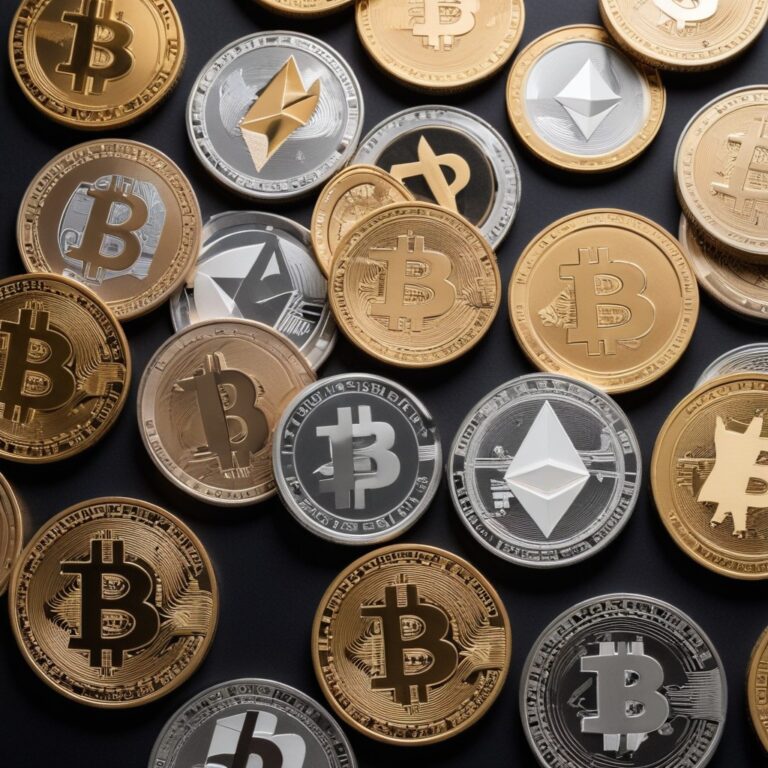Exploring the Functionality of Uniswap: How it Works
Uniswap is a decentralized exchange (DEX) that operates on the automated market maker (AMM) model. Understanding how Uniswap works is essential for anyone looking to navigate the world of decentralized finance and take advantage of its benefits. Visit the platform site, an automated trading capabilities in trading Bitcoin. Try now!
Uniswap: A Brief History
Uniswap introduced a novel approach to trading by utilizing an automated market maker (AMM) model. This model eliminates the need for traditional order books and relies on liquidity pools to facilitate trading.
The concept behind Uniswap quickly gained traction within the DeFi community, primarily due to its ability to provide seamless token swaps and the absence of intermediaries. Its open-source nature also allowed developers to build on top of the platform, leading to its rapid growth and widespread adoption.
Uniswap’s rise to prominence can be attributed to its simple and user-friendly interface, which made it accessible to both experienced traders and newcomers to the DeFi space. As more users flocked to Uniswap, liquidity in the platform’s various pools increased, enhancing its overall functionality and utility.
The platform gained further recognition in 2020 when it played a crucial role in the decentralized finance boom. Uniswap became a go-to DEX for traders, enabling them to access a wide range of tokens and participate in various DeFi protocols, such as yield farming and lending.
Building on its success, Uniswap launched its upgraded version, Uniswap V2, in May 2020. This version introduced several enhancements, including support for ERC-20 token pairs and improved price oracles. Uniswap V2 further solidified Uniswap’s position as a leading DEX in the DeFi landscape.
In 2021, Uniswap took another significant step forward with the release of Uniswap V3. This version introduced concentrated liquidity, allowing liquidity providers to specify price ranges for their assets, optimizing capital efficiency. Uniswap V3 aimed to address some of the limitations of the previous versions and provide an even better trading experience for users.
As Uniswap continues to evolve, it remains at the forefront of DeFi innovation, driving liquidity provision, token swapping, and ecosystem growth. Its impact on the decentralized finance ecosystem cannot be overstated, as it has revolutionized the way people trade and interact with digital assets.
How Uniswap Works: The Basics
Liquidity providers play a crucial role in Uniswap’s operation. They contribute funds to liquidity pools, which are smart contracts holding reserves of two different tokens. For example, a liquidity pool may hold ETH and DAI tokens. The liquidity providers deposit an equal value of each token into the pool.
When a user wants to make a trade on Uniswap, the platform routes the transaction through the appropriate liquidity pool. Uniswap uses a mathematical formula, known as the constant product formula, to determine the token exchange rate based on the available liquidity in the pool. This formula ensures that the product of the token balances in the pool remains constant, maintaining a balance between the two tokens.
When a trade occurs, the user’s tokens are swapped within the liquidity pool. The trade execution relies on smart contracts that automatically handle the process, ensuring transparency and trustlessness. Uniswap charges a small fee on each trade, which is distributed to liquidity providers as an incentive for providing liquidity.
The process of swapping tokens on Uniswap is straightforward. Users select the tokens they wish to trade, specify the amount, and confirm the transaction. Uniswap then calculates the exchange rate based on the available liquidity and executes the trade. The user receives the swapped tokens directly into their wallet.
One of the challenges in token swapping is the concept of slippage. Slippage refers to the difference between the expected price of a trade and the executed price. As Uniswap’s liquidity pools are subject to constant changes in supply and demand, larger trades can lead to increased slippage. Traders need to consider this when executing trades, particularly for larger volumes.
Uniswap’s unique model has gained popularity due to its decentralized nature, ease of use, and ability to trade a wide range of tokens. It has become a go-to platform for many traders and investors seeking to participate in the DeFi ecosystem. By harnessing the power of smart contracts and liquidity pools, Uniswap has revolutionized token trading, opening up new opportunities for decentralized finance.
Conclusion
Through its automated market maker model and innovative use of liquidity pools, Uniswap has simplified token trading, enhanced liquidity provision, and transformed the way people interact with digital assets. As the DeFi ecosystem continues to evolve, Uniswap’s functionality and user-friendly approach position it as a key player in the future of decentralized finance.



